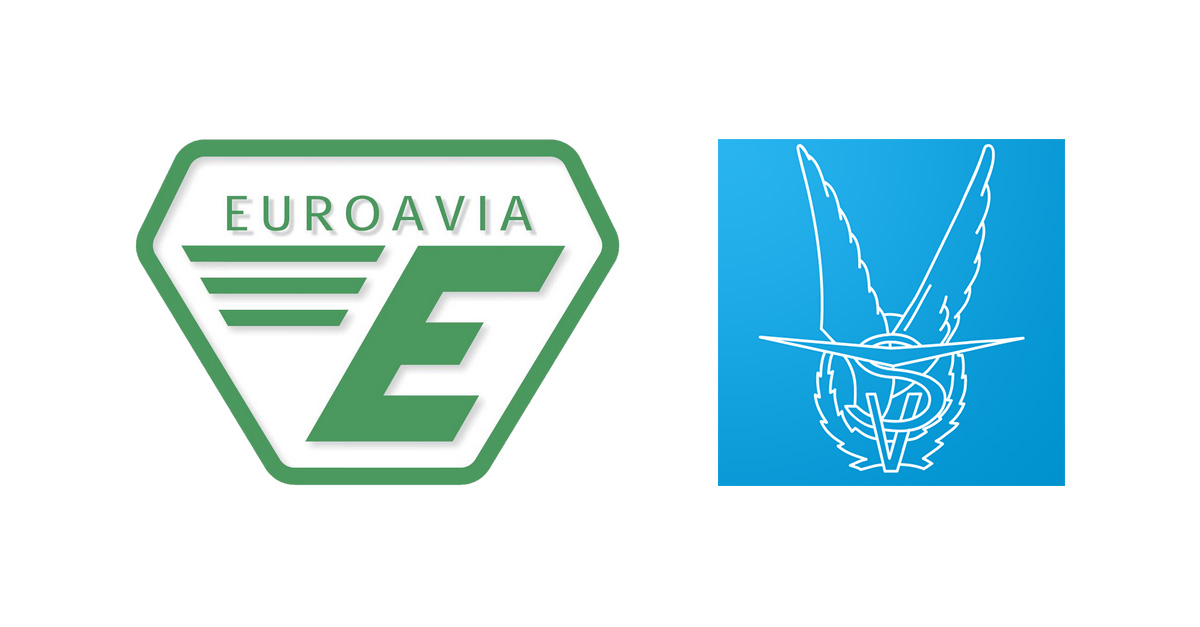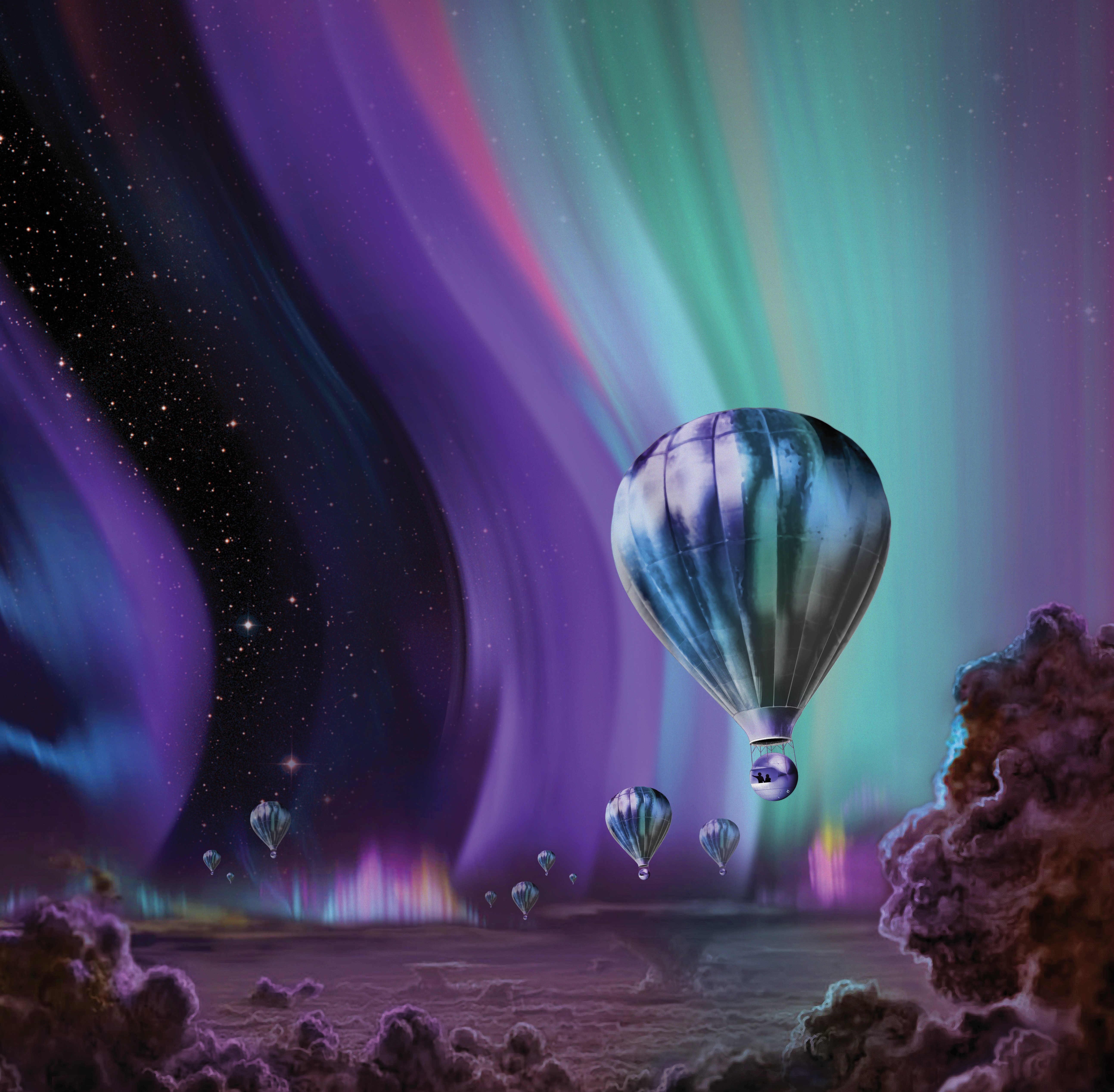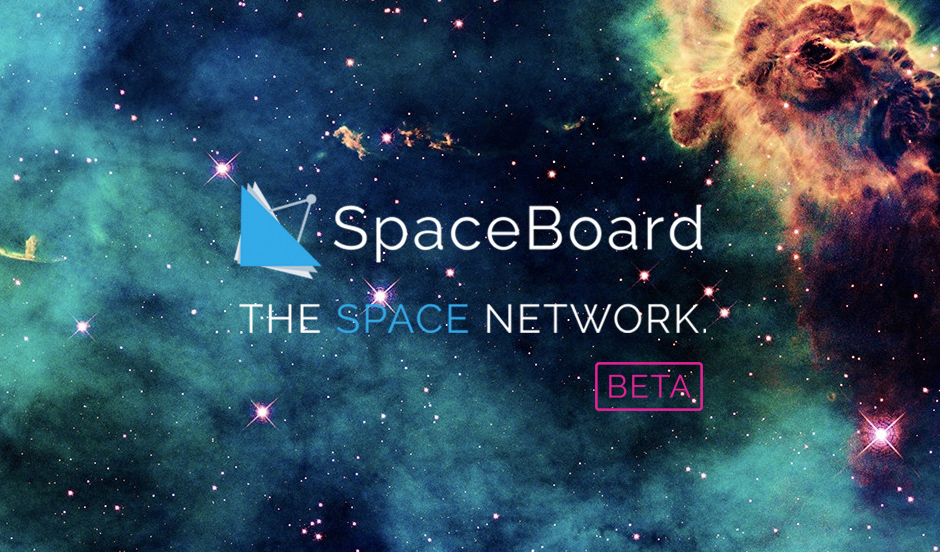
SpaceBoard has signed memoranda of understanding (MOU) with two European students’ associations EUROAVIA and VSV.
EUROAVIA is the European Association of Aerospace Students, representing the interests of over 2000 students from 38 universities in 19 European countries. Established in 1959, EUROAVIA wants to be a bridge between companies, universities and students. Their goals include promoting European cooperation in the aerospace field, representing European aerospace students internationally, and acquainting student members with their future working environment by stimulating contacts with the industry.
VSV, Society of Aerospace Students ‘Leonardo da Vinci’, is TU Delft Aerospace students’ study association. Currently there are approximately 2300 members, making the Society of Aerospace Engineering Students the largest society of its kind in the Benelux. The Society aims to serve the interests of aerospace students in all aspects of student life- studies, networking as well as career development.
SpaceBoard will help promote on its platform the activities carried out by theses societies, such as working groups, workshops, events or competitions in order to make them accessible to a broader audience of students interested in space science and technology. Additionally, through specifically designed features, SpaceBoard will help foster communication and exchanges within the EUROAVIA and VSV communities, encouraging interactions among members, helping them leverage their memberships and gain access to a field of new opportunities.
SpaceBoard is creating a professional network dedicated to the space industry. Find out more at www.spaceboard.eu.







